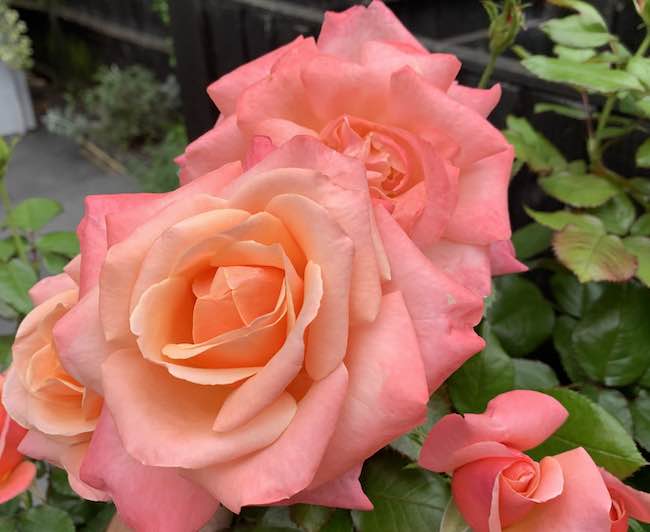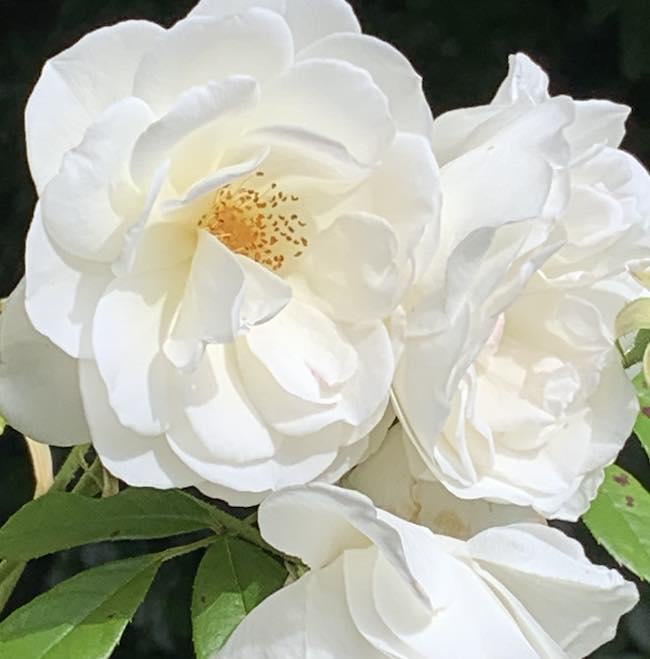Notes on pruning your roses

Start by removing damaged or diseased sections of the stems and side stem or whole stem if required. Next, remove stems that rub together and cause damage one the stems – simply cut back one of the stems.
Pruned the stems so the cuts you make are above a bud on the stem. Rose buds can be identified by small dumps on the stem with a ring around the stem.
Ideally, roses need to be lightly pruned in the autumn to reduce damage from winter winds. Then a final prune in the spring just before the buds shoot into growth
Hybrid tea and floribunda roses should be pruned by a quarter to a third of the total length of the stems. The harder a rose is pruned the later will flower next year, if you have several roses of the same variety in your garden pruning them at slightly different stem lengths will produce a longer flowering period in your garden.
Climbing roses are pruned slightly differently, after the initial prune in the autumn to remove damaged and diseased stems rather than lightly trimming the top of stems it is best to remove the older stems by cutting them back by two-thirds. Older stems can be identified by their colour, they tend to be brown, and young stems are green. Pruning older stems hardback produce several new younger stem that will produce more flowers.
Ideally, you need to remove one or two stems a year once the plant is established to create a situation in which new stems are growing every year.
Supporting and training climbing roses as with fruit trees is best to train stems laterally from the main stem as this will produce more flowers as the flowering hormones will settle along the stem rather than focusing on the top of the stem if it is allowed to grow laterally.






















